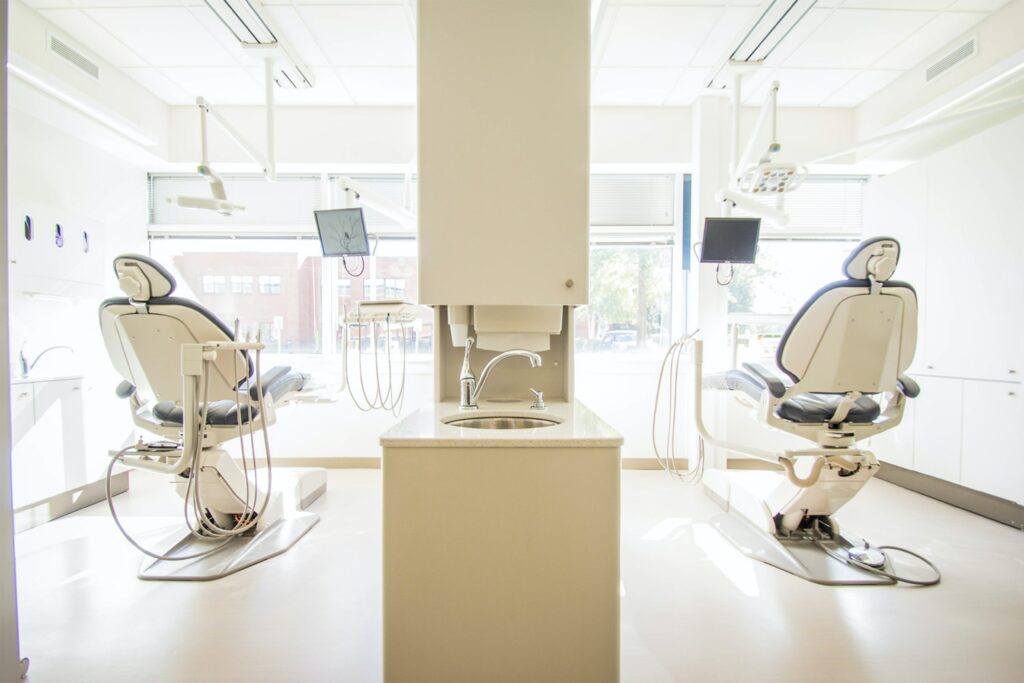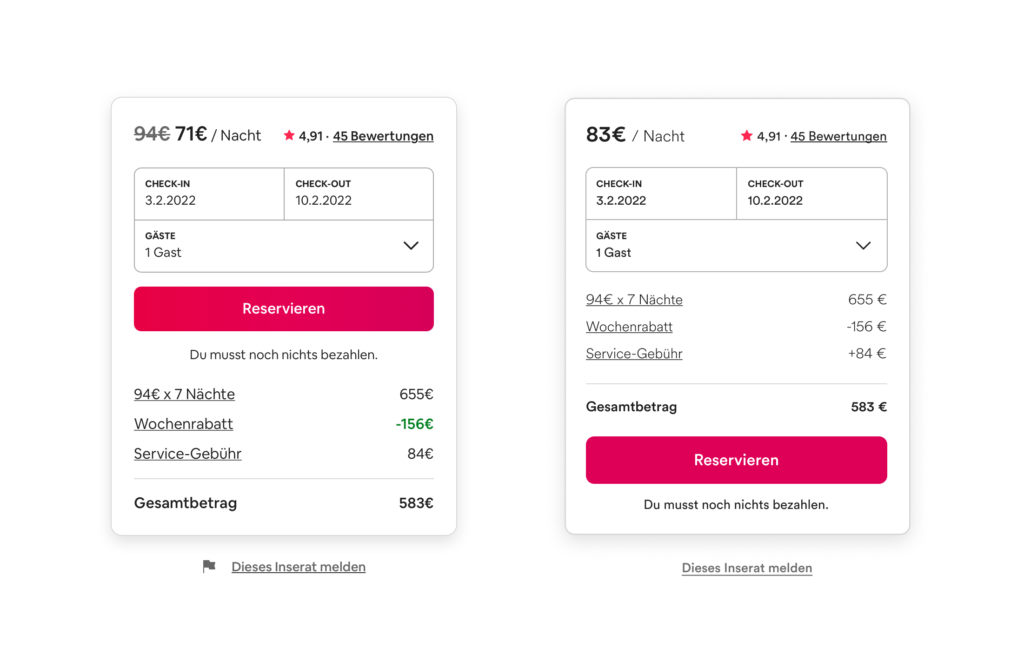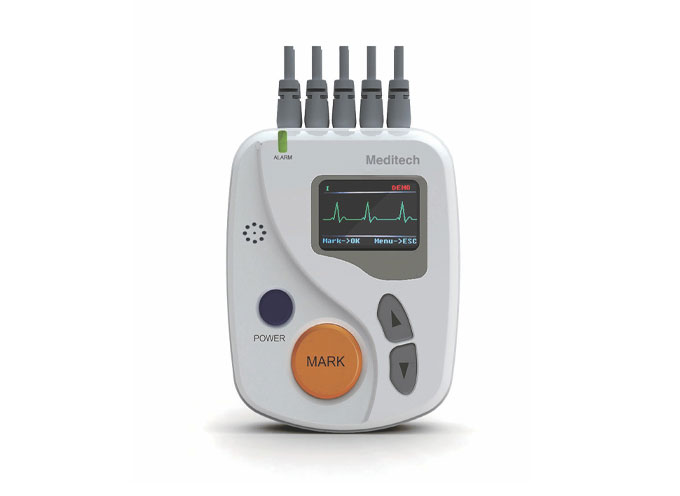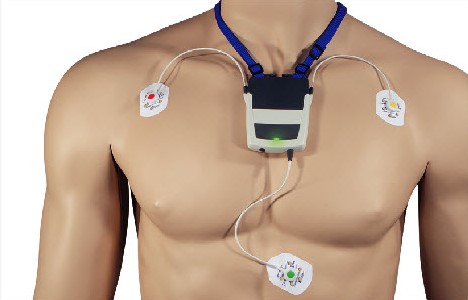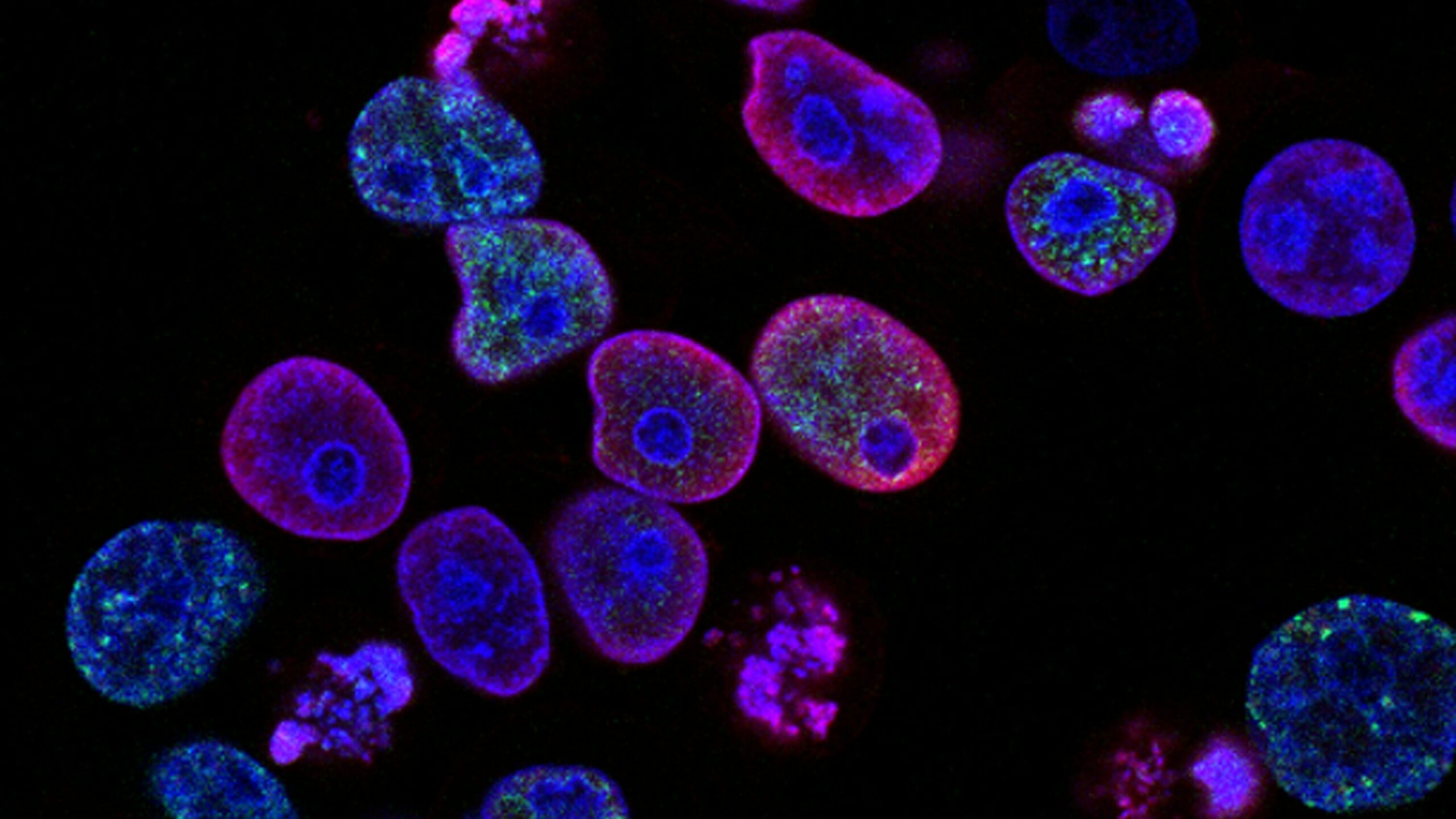Today, design is rapidly developing in various areas of our lives. Design thinking began to be used in medicine, biology, products, and much more. People realized that by combining different disciplines we can achieve much better results. At the university, we are often told that by gathering specialists from different fields, we can consider the same project from different angles and understand it more holistically by looking at it from the faces and perspectives of different people. Now global companies clearly select employees with different backgrounds and different temperaments to work on the same task. At Design Week 2022 in Graz, we also had such an amazing experience.
This year, as students of Fh-Joaneum, we had the opportunity to work at Karla Molins Pitarch’s workshop, which was called UXD How to bring Lab closer to the streets. We spent a whole week working on the project from the very beginning to finish. The task was to understand and convey complex information with the help of design for people who are not related to biology in any way. The tutor divided us into two-person groups and we, as people with different backgrounds, had to design something new for our consideration.
From day one, we received a special Toolkit designed by Karla. It was supposed to help us in the process of creating our product. The purpose of the toolkit itself was to unite people from different areas and facilitate the process of joint work with the help of detailed information describing each step in the design process. The toolkit itself contained such subdivisions as knowledge, transdisciplinarity, applied design research, and outreach. Everything started with the lab and led to the street. Each of the divisions contained points that had to be completed in order to move to the next step. Each of the divisions was described in detail so that people who encountered the process for the first time could find everything they need and understand what to do next. Personally, the toolkit really helped me, even though I have been working with the design thinking method for quite some time. He helped me remember the process and follow it in detail. I plan to use it also in the process of writing my master’s thesis.
Unfortunately, we, people who did not have general knowledge of the topic of biology, needed to understand the theme of our workshop from the basics. Our task was to realize what chromatin is and how DNA is built on its basis. We needed to create some design system that would tell people who need clarification what exactly chromatin is.”Chromatin is a nucleoprotein that forms the basis of chromosomes. It consists of DNA and proteins (mainly histones). Chromatin is found inside the nucleus of cells of eukaryotes and archaea that have histones. In a broader sense, chromatin is sometimes also called the substance of the nucleoid in bacteria. It is in the composition of chromatin that genetic information is realized, as well as DNA replication and repair.
The first day was quite busy. We were divided into two personal groups and we started brainstorming. The task was a joint effort to understand what chromatin is and show us what it is associated with the studs. In the further process, it really helped, because many of us found the beginning of bare ideas in brainstorming. My colleague and I decided to design a game that would mechanically show the operation of chromatin and DNA. We decided to target schools and educational institutions as places to use the game, and students became our main target group. The most difficult thing was to explain to someone what chromatin is if you are not an expert in it yourself. Especially when you have one day of experience with the topic.
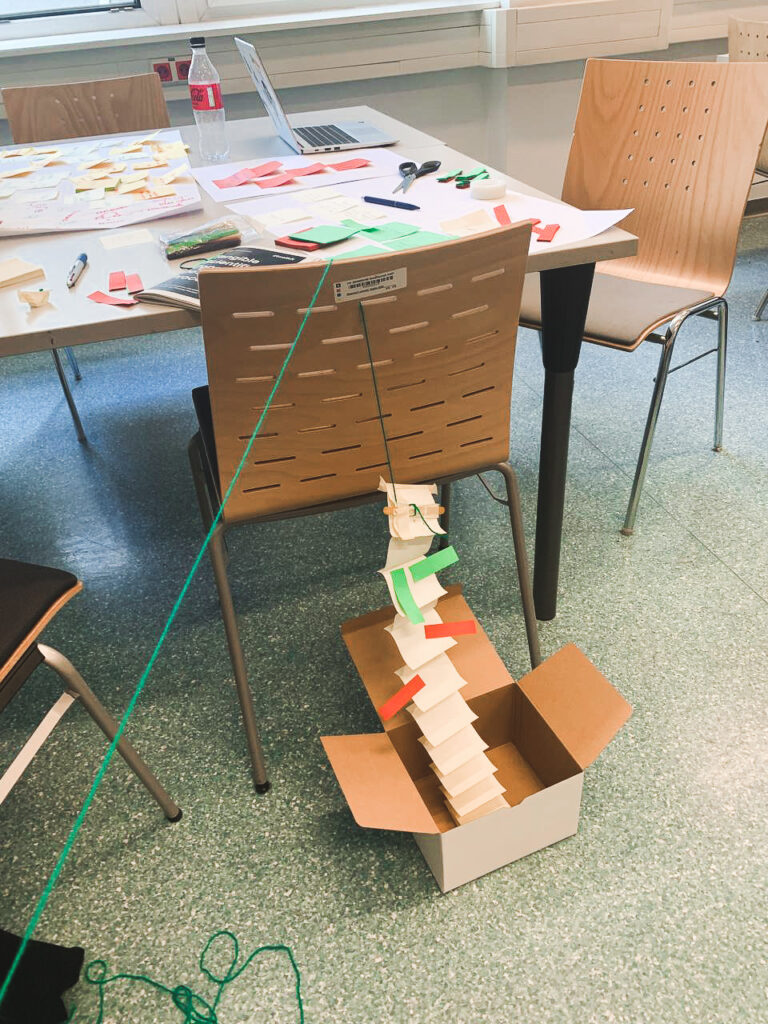
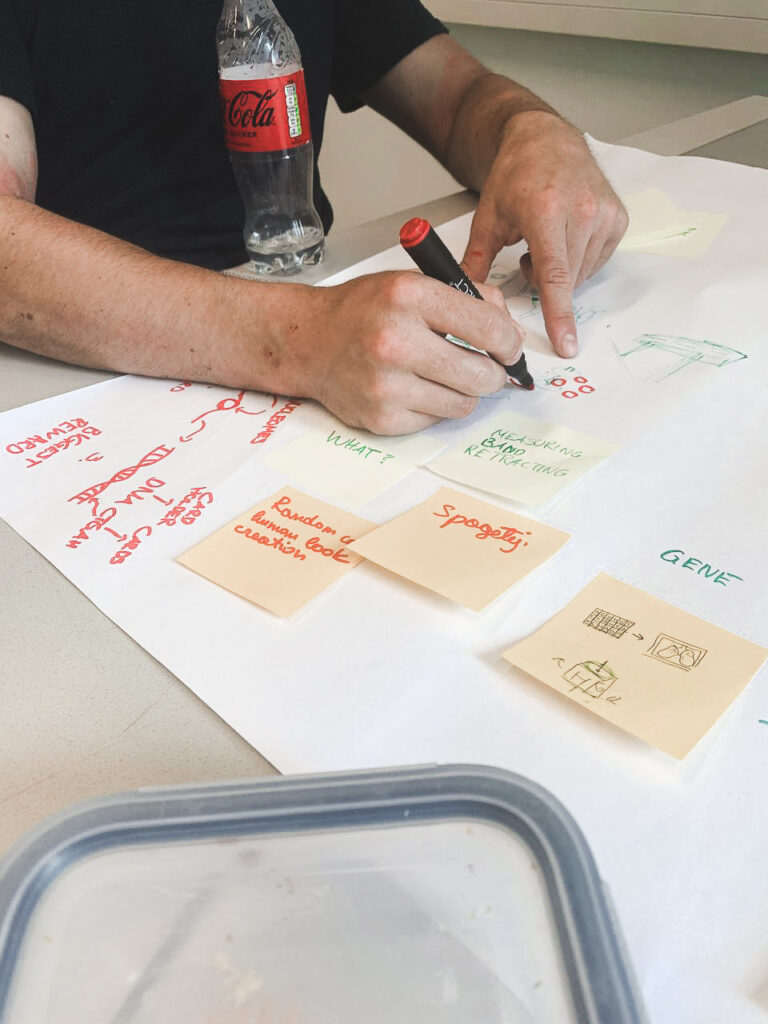
The next day we were scheduled to design low-quality prototypes and we moved to the next stage with Carla’s toolkit. We were still trying to figure out how chromatin works and how to show it in a game for children so that they do not lose interest and it helps them in the learning process. The main element in the game was the transfer of genes from one DNA stream to another. We wanted to give children the opportunity to collect good genes and get rid of bad ones. It was important to involve the players in the process and allow them to play a major role. After the first layouts and attempts, we decided to test the game on our colleagues in order to identify the main problems in the process and be the first to receive feedback from users. After the testing process, we realized that we made several mechanical mistakes in the game itself and that is focused on the process of creating DNA and not on chromatin. In the end, we added a few interesting things so that the main thing in the game still remains chromatin. In order to better understand the processes that take place during the creation of DNA, we began to look for people in our circle of friends who are professionally connected with biology, this really helped in the final result. The last day turned out to be the most difficult because it was then that we had to finish all the drafts so that we could present them well the next day. Under the pressure of time and our efforts, we tried to finish everything before the final deadline.
A little about the game itself. The game is based on the process of DNA creation and gene transport. The main element is the player, which is attached to his individual DNA. When a player chooses to collect more good genes from a chromatin point or throw bad genes at one of their opponents, they open themselves up and are vulnerable to attacks. The game is designed for 2+ players because the main task is to take away as many good genes as possible. The person with the best genes wins. Also, the game stops when the first player gets rid of all bad genes.

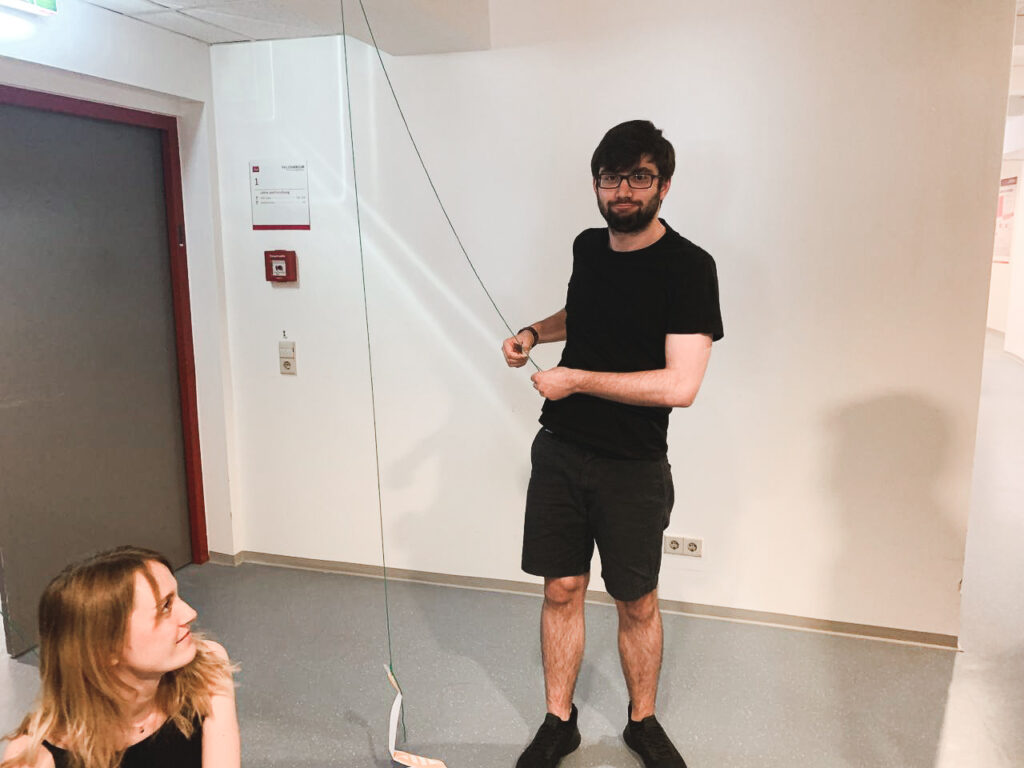
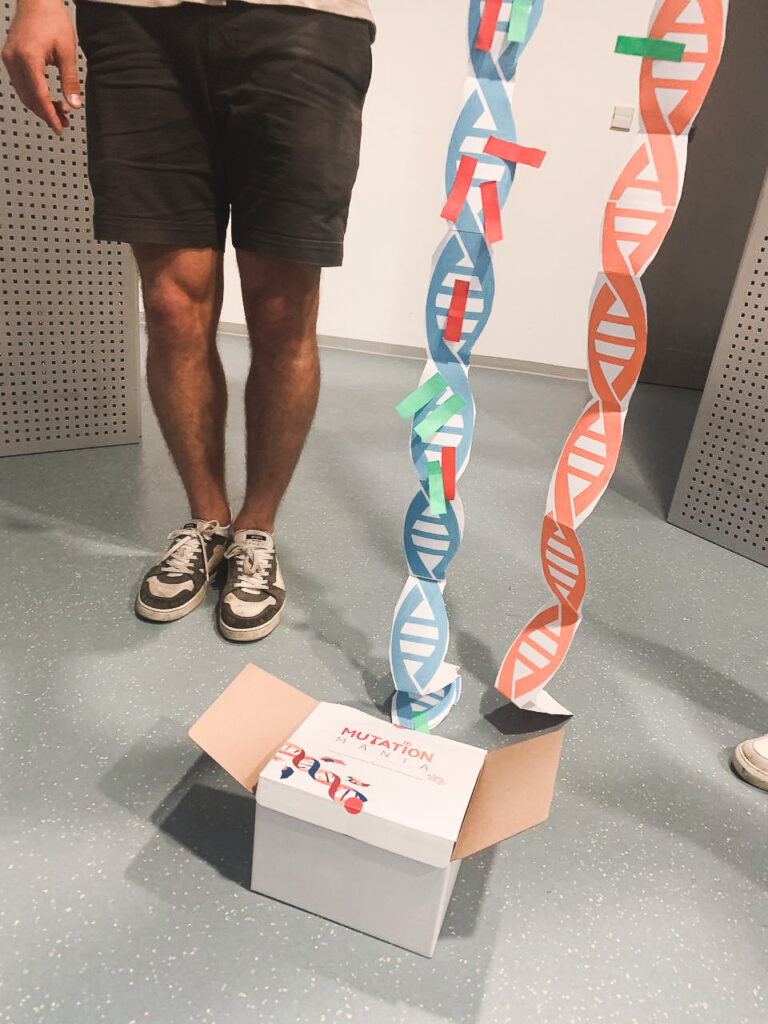
The whole design week ended with a presentation, everyone could show what he had been working on all these days. Personally, I want to add that I would never change my workshop to another one. An incredible experience, working with wonderful people, and a wealth of knowledge. The week turned out to be productive and interesting.

